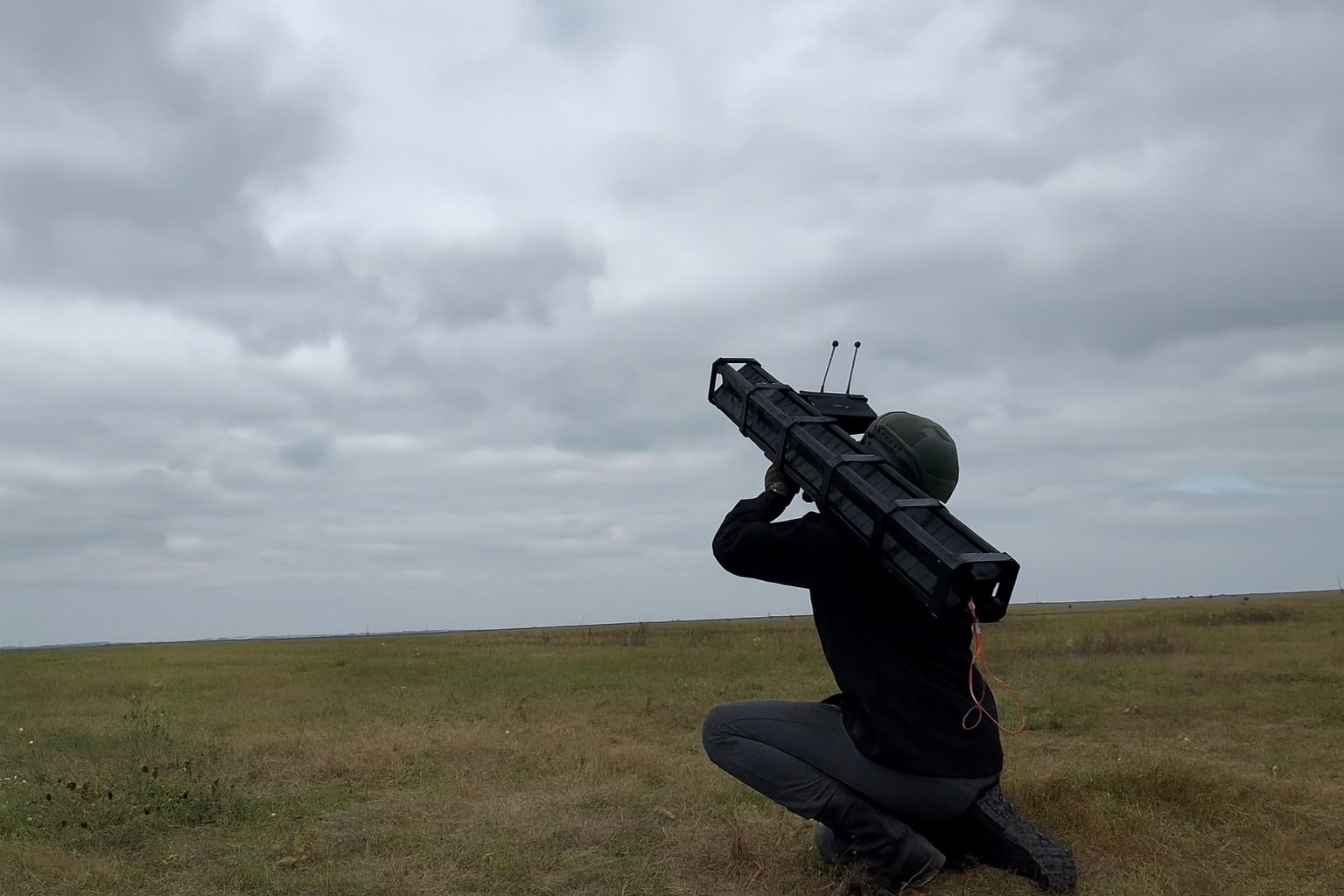By Dylan Malyasov
Copyright defence-blog

Russian engineers have begun testing a new battlefield counter-drone system that blends FPV (First Person View) guidance with rocket propulsion, according to descriptions of recent field experiments. Developed by the “Vektor” group, the interceptor combines elements of a man-portable air defense system (MANPADS) with first-person view drone controls. The concept centers on a tube-launched drone projectile fitted with a solid-fuel booster. Operators use FPV goggles to guide the missile-like drone toward hostile UAVs mid-flight. The weapon is designed to close the gap between traditional surface-to-air systems and the need for flexible, low-cost solutions in front-line environments. The launch tube itself is produced using 3D printing technology. According to materials released by the developers, the launcher requires no adhesives or permanent assembly methods, allowing it to be reloaded and reused multiple times. It resembles a lightweight, reusable launcher for improvised drone projectiles. Captures via Telegram The interceptor projectile features a modular design, also fabricated on a 3D printer. Its body includes a forward section with an FPV camera and antenna, while a detachable solid-fuel booster is mounted at the rear. The overall shape is aerodynamic and resembles a scaled-down missile. Once launched, the rocket-boosted drone transitions to FPV-controlled flight, allowing the operator to visually track and steer toward enemy drones in real time. This manual guidance system sidesteps GPS or autonomous systems, giving the operator direct control during interception. Russian units have increasingly faced challenges from massed Ukrainian drone operations, including loitering munitions and quadcopters. In response, Russian engineers and field teams have explored a variety of countermeasures ranging from electronic warfare to kinetic interceptors. The Vektor team’s FPV-interceptor appears to be part of a broader trend toward low-cost, battlefield-adaptable technologies using 3D printing and modular design. Unlike fixed or truck-mounted air defense systems, this handheld system offers a potentially mobile, soldier-operated solution to immediate aerial threats. The test campaign has not yet demonstrated wide-scale adoption or official military endorsement, but video footage and open-source imagery suggest that multiple prototypes are undergoing evaluation under live-fire conditions. If refined further, the system could present a new category of drone-on-drone combat—merging the visual agility of FPV piloting with the speed and power of rocket propulsion.



